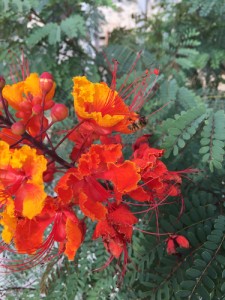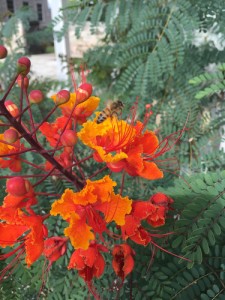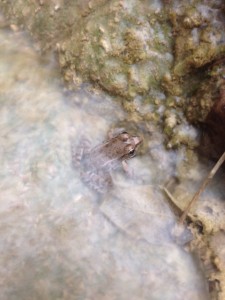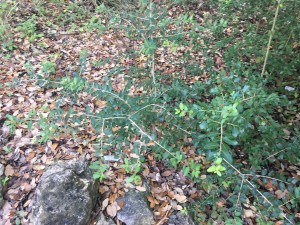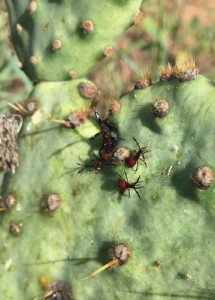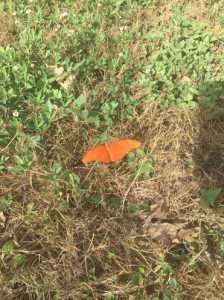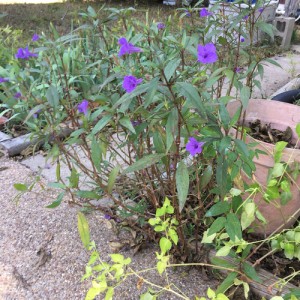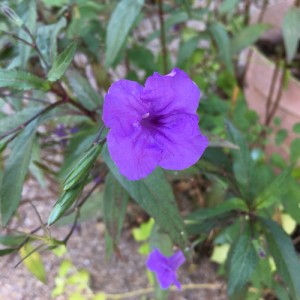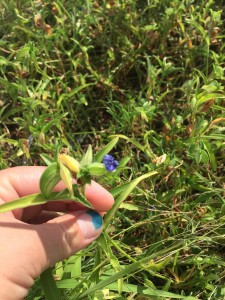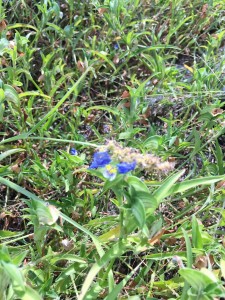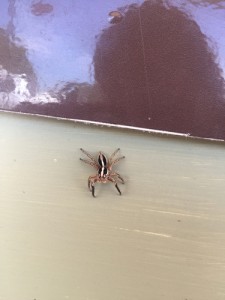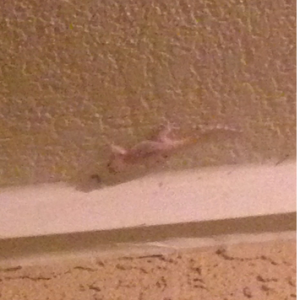I grew up in Pelham, NY, a little suburban town bordering the City. I decided to go undergrad in Virginia to get out of New York and get to know another part of the country. While I was going to school in Virginia, my parents moved to Austin, Texas. At the time I imagined Austin to be full of cowboys and pick-up trucks but gladly I was proven wrong and ended up moving here. On my way to visit my parents one night I encountered an owl in the middle of the road. I was pumped! I immediately stopped and got my camera out. When I got home I immediately went to identify it. Luckily I was able to get a couple good pictures before the owl flew off. I put the most identifying characteristics and let google do what google does best. The results showed that it was a Great Horned Owl (Bubo virginianus).
The great horned owl has long, ear-like tufts, and a cool yellow eyed stare. Like most owls, the great horned owl is nocturnal, and are generally seen at dusk sitting on fence posts or tree limbs at the edges of open areas , or flying across fields or roads. I saw the owl on this residential road, with one side opening up to a large natural property, where it was probably hunting. The powerful owl can take down birds and mammals even larger than itself, but it also feeds on smaller prey such as scorpions, mice, and frogs. It is one of the most common owls in North America across a variety of habitats such as; deserts, wetlands, forests, grasslands, backyards, cities, and almost any semi-open areas between the arctic and the tropics. The owl like particularly young woods interspersed with fields or other open areas.
Source- https://www.allaboutbirds.org/guide/Great_Horned_Owl/id

